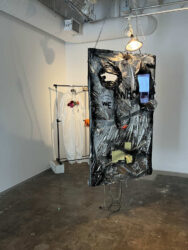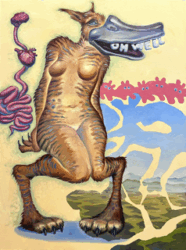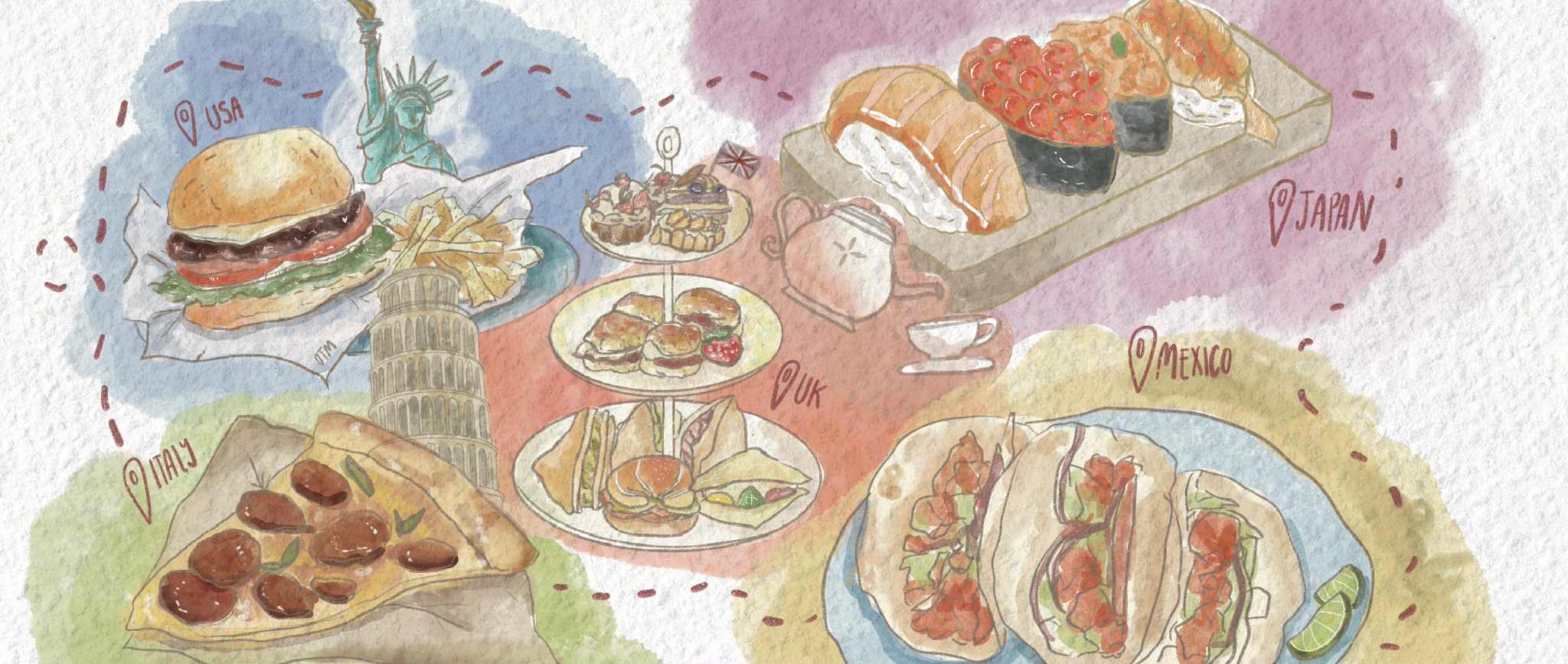The UC Santa Barbara Master of Fine Arts program welcomed the public to its annual Open Studios event, offering a rare glimpse into the creative environments and ongoing projects of its graduate artists. Participating artists included Tiffany Aiello, Alexis Childress, Rachel Corry, Hope Christofferson, Emily D’achiardi, Negar Farajiani, Yaroslav Golovkin, Charlie Hodes, Cody Igo, Vivek Karthikeyan and KeyShawn Scott. The event invited visitors to explore the artists’ studios, gaining insight into their processes, materials and individual artistic identities.
The Open Studios is an annual event that builds anticipation for the Master of Fine Arts (MFA) end-of-year showcase, offering a look at the personal works of UCSB’s graduate artists. Beyond highlighting the works developed for their program, the event also provides the public with an opportunity to see the artists’ personal projects, including individual pieces ranging from books to multimedia creations. It not only serves as a preview of upcoming exhibitions but also reveals the artists behind the work.
Fittingly, Open Studios allowed attendees to freely walk through the artists’ workspaces, which are located beneath the bleachers of Harder Stadium — a setting that lends an industrial character to the program’s communal areas. While some artists curated their spaces with deliberate ambiance and presentation, others left their studios raw and process-oriented, providing an unfiltered view of their works in progress. Each approach reflected a unique facet of the artist’s practice and personality.
The event attracted a diverse audience of undergraduate and graduate students, faculty, parents and members of the broader Santa Barbara community, establishing an atmosphere of creative exchange between artists and visitors. Complimentary beverages and food encouraged guests to mingle between studio tours, creating a welcoming, relaxed environment that complemented the spirit of artistic openness.
First-year MFA student Cody Igo’s studio was an intriguing blend of order and experimentation, with current projects thoughtfully scattered across the space. In the center, Igo displayed an installation that blurred the line between observer and observed. As viewers engaged with the work, they became part of its gaze, both watching and being watched.
“I’m making these things so that they can be seen. I think it’s a beautiful experience of learning what people have to say and how it reads,” Igo said.

Cody Igo’s use of artificial intelligence for facial tracking information in his art serves as a critique for how AI is used in the art world. (Courtesy of Cody Igo)
On the subject of his current project, which includes the usage of artificial intelligence for facial tracking technology, Igo explained that he is aware of the controversial nature of the usage of AI within art. He would like viewers to see that his utilization of AI is inherently critiquing it, as well as what it’s been primarily used for.
“It’s really important to intercept that technology in an art paradigm to change the culture,” Igo said. He explained that, while artificial intelligence is a tool, the intention behind its usage is what should be critiqued.
Tiffany Aiello, a second-year MFA student whose work is currently featured in the Glass Box Gallery on campus, believes the open studio concept is helpful for her work.
“It helps me to think through my work, and it’s helpful getting different interpretations, as well as having people suggest certain things,” Aiello said.
Her distinct artistic style is strictly her own — vibrant and playful. Her studio reflected that individuality with multimedia projects displayed across the walls and floors, ranging from masks to animatronic-like pieces to paintings. Drawing inspiration from cartoons, Aiello utilizes animal-like characters that explore the primitiveness of human nature.

Tiffany Aiello takes inspiration from animal-like characters to explore the primitiveness of human nature. (Courtesy of Tiffany Aiello)
Several of the master’s students also serve as teaching assistants for the Department of Art’s undergraduate courses. Leonardo Lebrun, a third-year art major, came to support his TA, Cody Igo. He left feeling inspired by the graduate students’ skills.
“It sets the bar for someone aspiring to take the art route professionally,” Lebrun said. He was particularly intrigued by the artists’ engagement with artificial intelligence, a recurring theme in the work displayed. He also remarked on the “good turnout despite the weird location,” adding that “there’s a metaphor there with how the arts are prioritized.”
Two alums from the art department, Celeste Elliott and Akela Craig, shared their thoughts, reflecting on the showcase’s ability to exhibit the artists’ evolution over time, offering a glimpse into the development of their concepts, mediums and confidence throughout the program.
“It was cool to see how the MFA students’ work has progressed,” Elliott, who compared the experience to “walking into someone’s bedroom,” said. She emphasized the intimacy of stepping into the artists’ personal workspaces, places where they spend hours each day experimenting, creating and refining their ideas.
Craig noted that events like this help “build excitement for the end-of-year MFA showcase,” describing Open Studios as a rare opportunity for the public to connect with artists during a more process-oriented stage of their work.




















